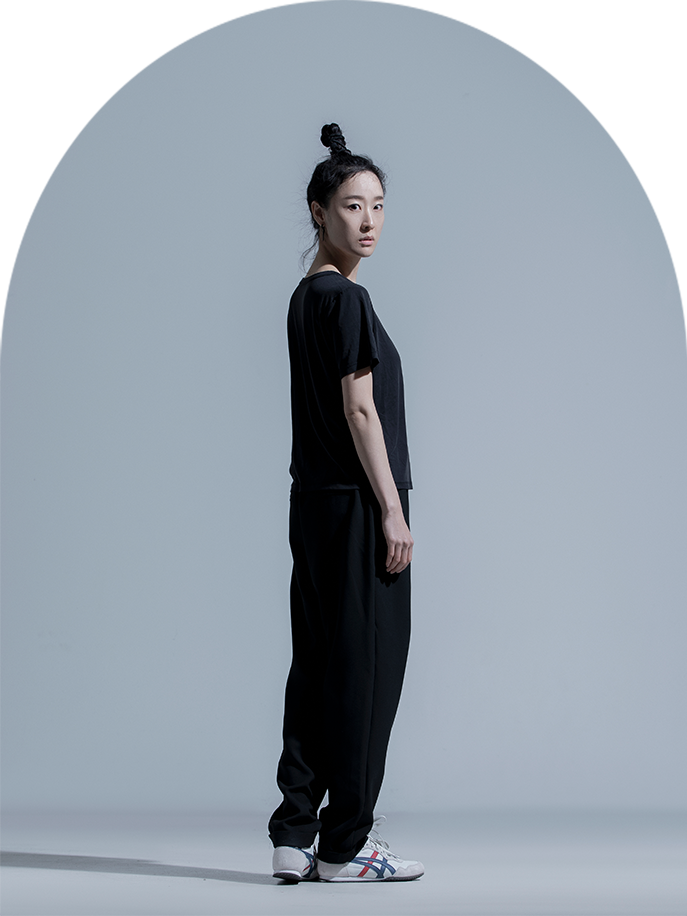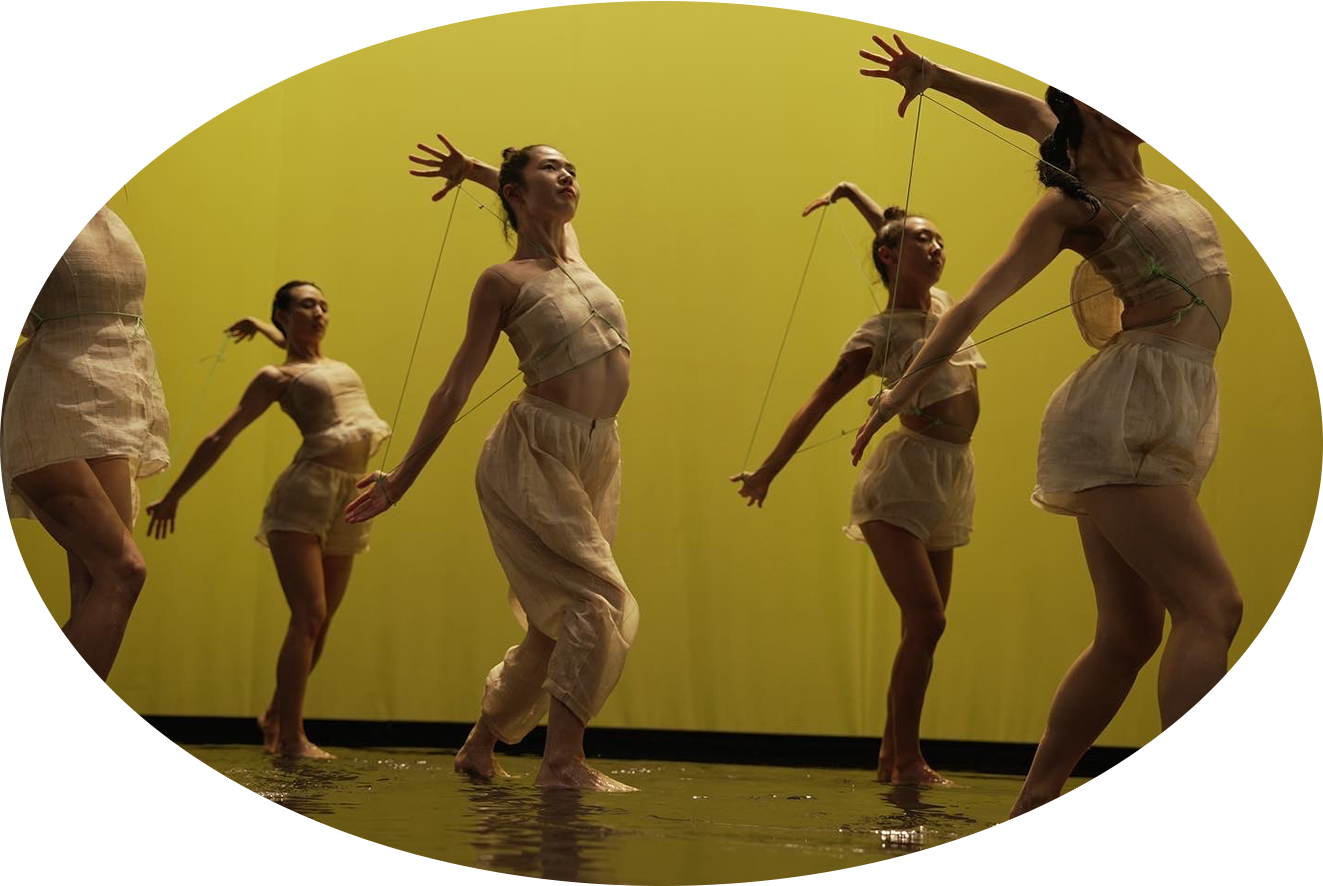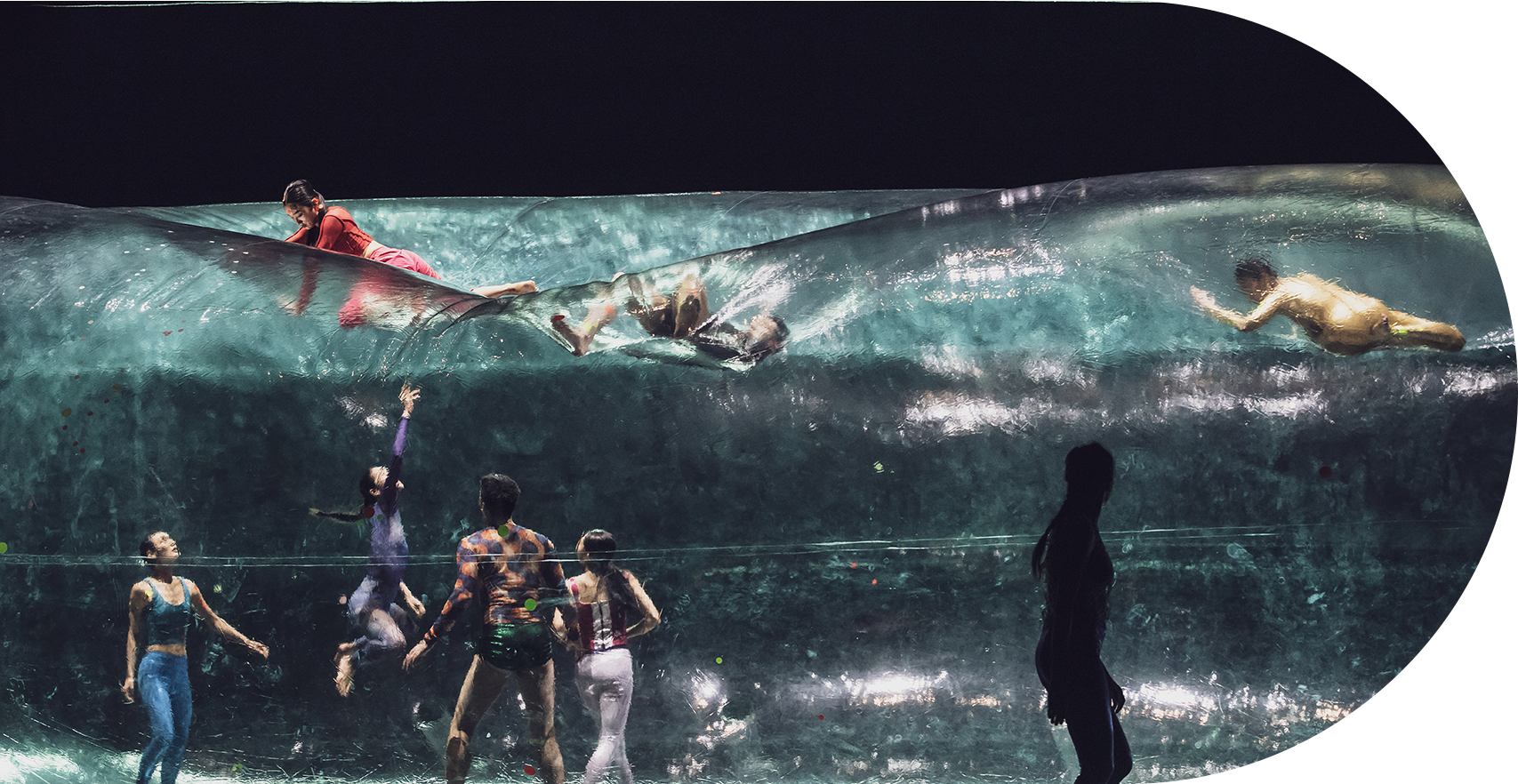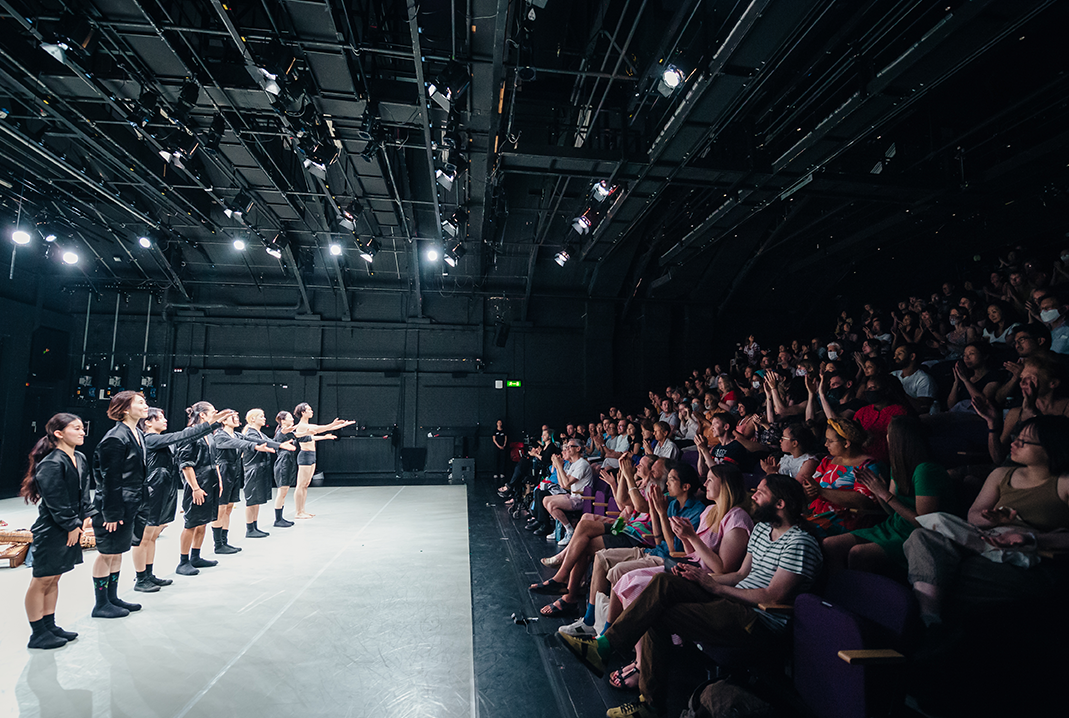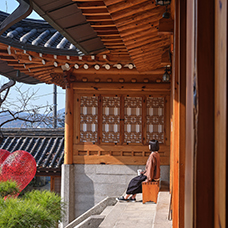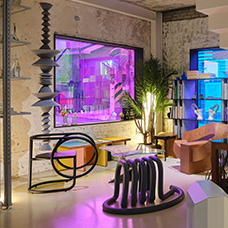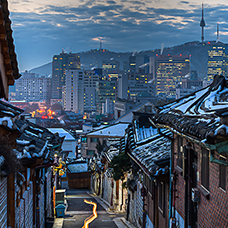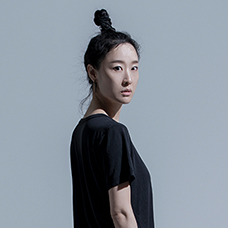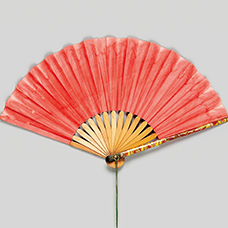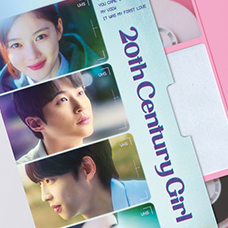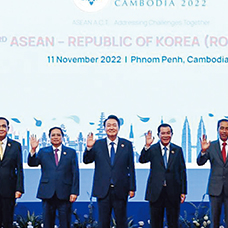Q ― Art Project BORA was actively performing overseas, but has been heavily impacted by COVID-19 for several years. Do you feel that the industry has entered a recovery period?
The atmosphere has definitely changed. I plan on going to France, England, Spain, and Greece sometime in the future. Our performances have been canceled for about two years now, and we haven’t been able to set a new performance schedule yet. I ended up going through a very important change during that time.
Q ― What kind of change did you go through?
Well, it was the first time I was able to take a break. There was still a lot of work to do, though! I felt really confused when I stopped performing in front of an audience. I would think to myself, “What is my job?” I had been feeling that sense of panic since last year. It was a time when I started to think about the direction I really wanted my choreography to go in.
Q ― What changed for you specifically? How did it affect your work?
My choreography, my life… everything changed. In the past, the word “visual” was often used in a way that meant more than just seeing. However, everything turned upside down the moment I started thinking about temporal art. I thought a lot more about the body during the COVID-19 pandemic. As I thought more about it, I realized that the “body” is a space, and that dance expressed through the body refers to time, not sight. My choreography method and the topics I wanted to express also changed accordingly. My performance projects, my artwork, my audience… they’ve all been placed in this concept of time. There was a moment when I was working on my art that these three powers of time felt equal. I thought to myself, “Are these contemporary?”
Q ― Do you think there will also be changes in the way you work with dancers?
The dancers and I used to dance in a way that each of our movements were connected. It made us place value on scenes. Scenes were important because we could use them to perceive the sequential flow of time. But my scope of choreography has expanded now. It made me realize that allowing the dancers to express their own unique movements gave them a new method of communication in which they could all be equally free. I became the audience as the composition of the scenes disappeared, and I watched the performance to see how time would flow. I think this sense of freedom is a better method of communication than what I had been using before as I’m not the one interjecting the things I want to talk about.
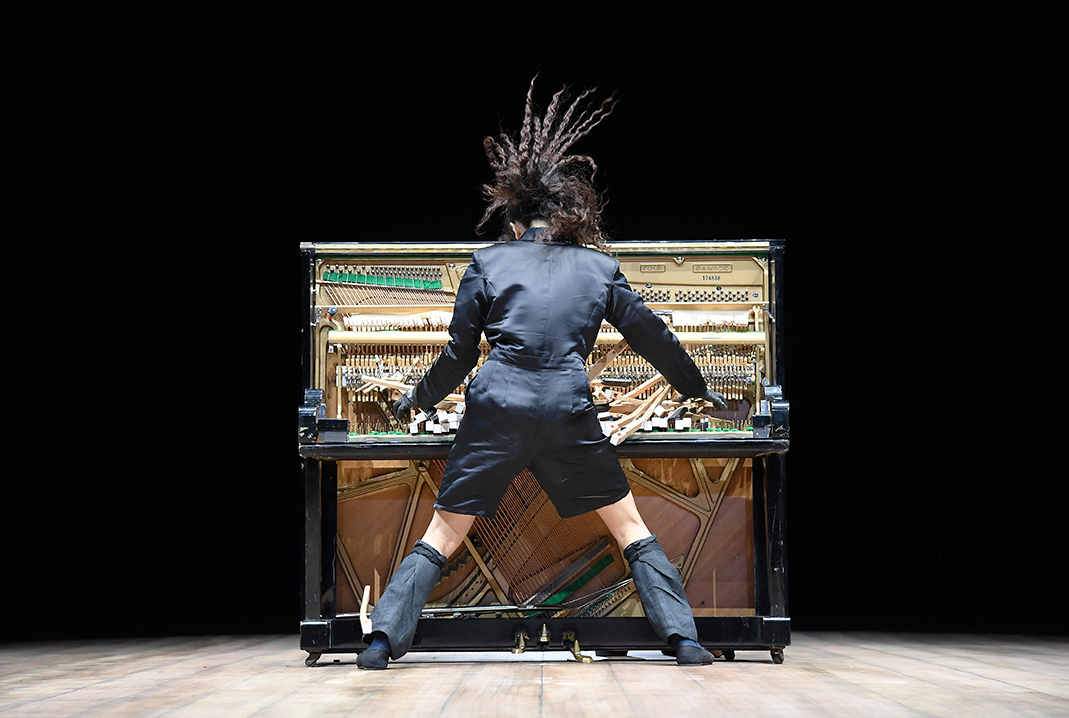
A scene from ‘MUAK’ performed at Seoul Performing Arts Festival © Sanghoon OK
Q ― Art Project BORA’s new project “Hauntology” was showcased at SIDance 2022. Does it reflect the changes you mentioned earlier?
I’m still working on that. Let me use music as an example of the method of time I’m trying to pursue. It’s not the flow of notes as they come together to form a song. It’s closer to the sound of water falling or a rattle. It may be a bit difficult to understand, but I hope it will become a work where we can communicate about how we felt about the time as we experienced it.
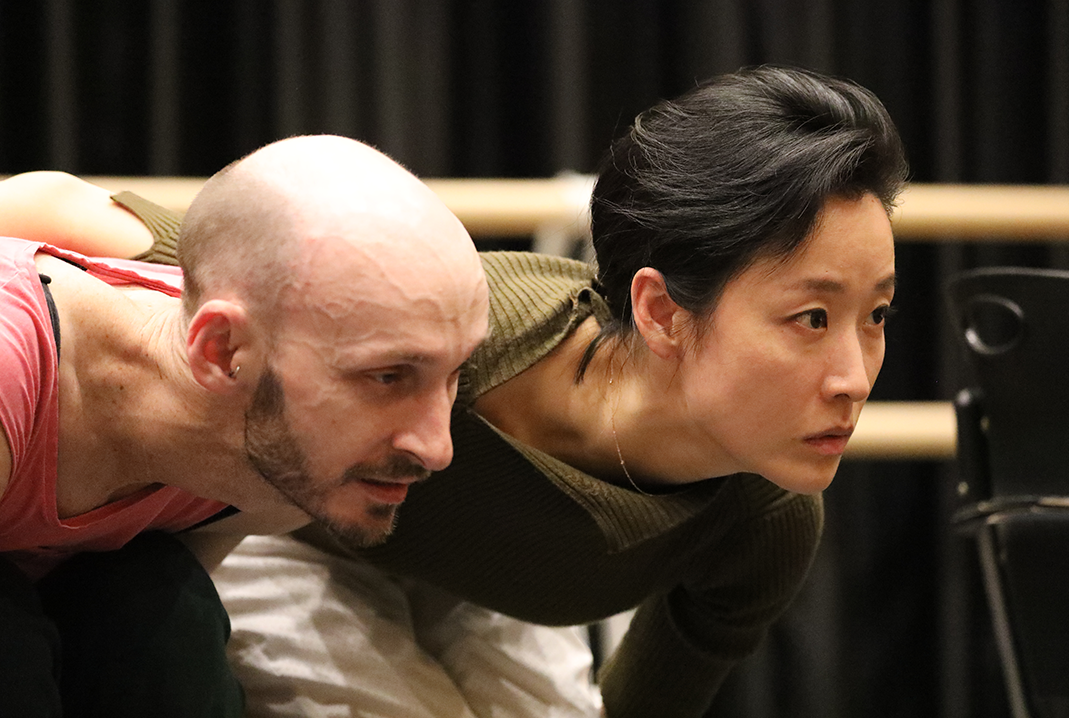
‘공·空·Zero’ rehearsal with Marc Brew, project ‘UK/Korea 2017-18 Creative Futures’ © Hyungkyu Kim
Q ― What is the material that inspired your new project?
“Hauntology” was inspired by nudity. The body is the most tangible thing that is touched, yet it looks different depending on time and condition. It can be said that the image of the illusion appeared as if I was possessed by a ghost. The question of what you see, and what you want to see, when you are naked has expanded to dance. I included all of the fantasy images in a way that would go beyond what could actually be seen. I wanted to showcase the boundary between reality and fantasy through this project.
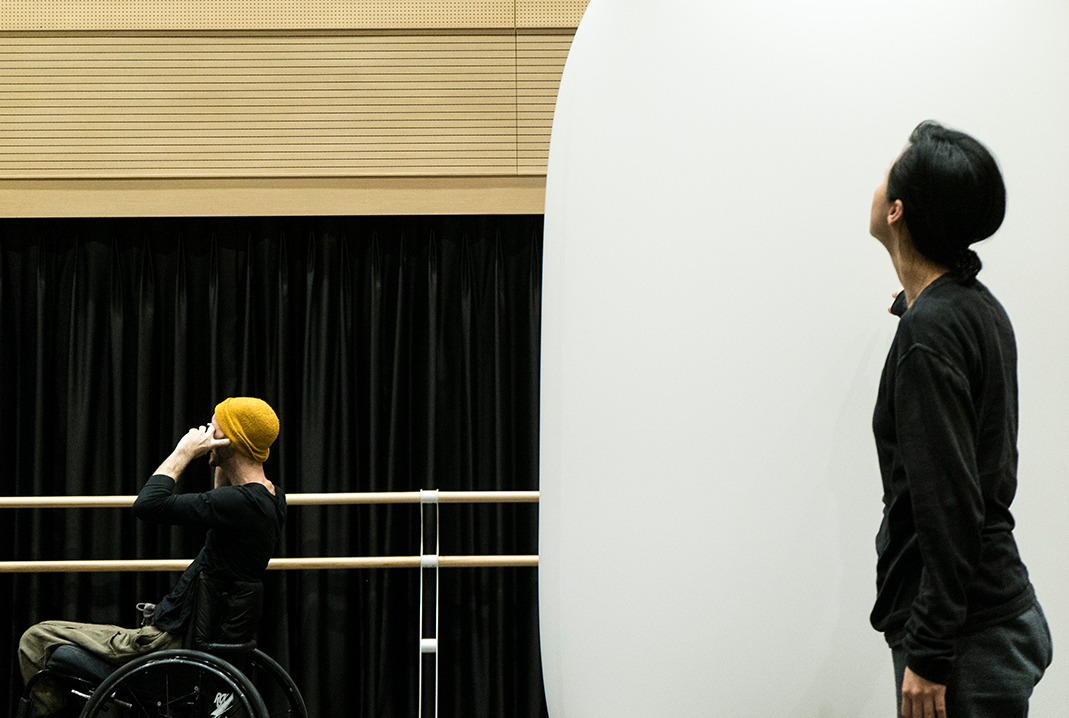
Research with choreographer Marc Brew © Hyungkyu Kim
Q ― So, are the dancers the ghosts?
In this project, four ghosts proceed according to the things they represent. The ghosts represent language, dance, body, and theatre. The dancers perform their own freestyle movements that fit purely within the context. The ghosts arise from the accumulation of the various life experiences of each dancer. In the past, I would try and share the things I wanted to accept, as well as the things I didn’t want to accept. This was different. As a choreographer, I felt a bit nervous when an unplanned “ghost” appeared. It made me remember that I wasn’t the one in control. Eventually, I realized that we could communicate as we danced together with invisible ghosts.
Q ― Do you feel pressured to be “creative” every time you come up with a new project?
Not at all. Such evaluations come from the beholder. I like to look for interesting things when I work. For example, coming across an unfamiliar choreography method, seeing an unfamiliar behavior, things like that.


